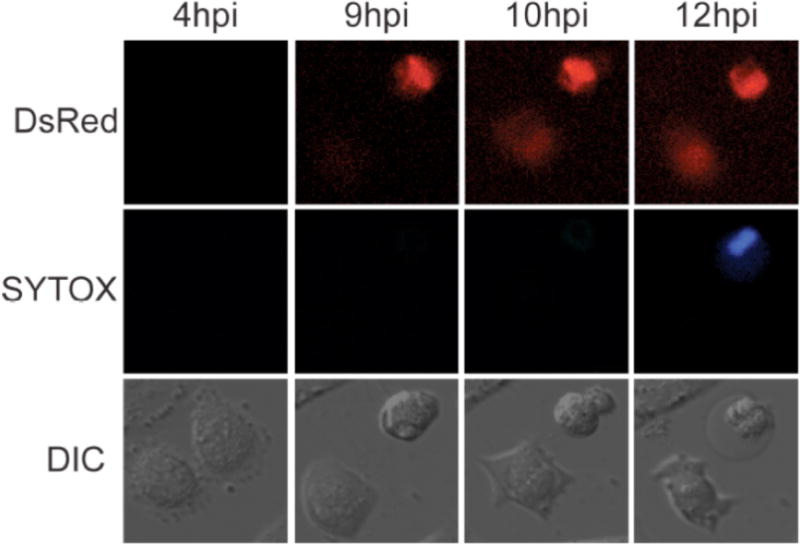Figure 3. Overview of signaling, induction and execution of cellular autophagy.

The highly regulated pathway of autophagy results in the formation of a double-membraned phagophore that sequesters long-lived proteins or components destined for degradation. The fully formed autophagosome fuses with a lysosome, an acidic compartment that degrades the components of the autophagsome. Small molecules that activate autophagy are shown in green; those that inhibit are shown in red. Originally discovered as the Target Of Rapamycin, mTORC1 is inhibited by rapamycin or by nutrient starvation, thus alleviating its normal repression of cellular autophagy. Alternative autophagy activation pathways focus on beclin-1, which is downstream of the mTORC1 complex but can be activated independently. Beclin1 is present in several intracellular complexes, including the beclin1/Vps34/Atg14 complex responsible for initiating autophagosome formation. The formation of this complex is normally inhibited because of the preferential association of beclin1 and Bcl2, which is reported to be stabilized by eugenol. The function of the beclin1/Vps34/Atg14 complex can be disrupted by 3-methyladenine, which blocks the PI3 kinase activity of Vps34, and by spautin-1, which inhibits the deubiquitylases that stabilize beclin1. Subsequent recruitment of the lipidated form of LC3 (LC3-II) and the ATG5/12 complex allow the growth, elongation and curvature of the isolation membrane. This process requires high intracellular calcium concentrations, which can be depleted by calpain. Calpain can be inhibited by nicardipine and loperimide, which thus have the effect of stimulating autophagy. The double-membraned autophagosome matures to become a degradative organelle via fusion with lysosomes. The inner membrane is destroyed by lysosomal lipases and proteases to generate the single-membraned autolysosome. It is not yet clear whether the double-membraned form of the autophagosome-like membranes or the partially degraded single-membraned autolysosome-like vesicles, or both, fuse with the plasma membrane during unconventional secretion (see text for references).
